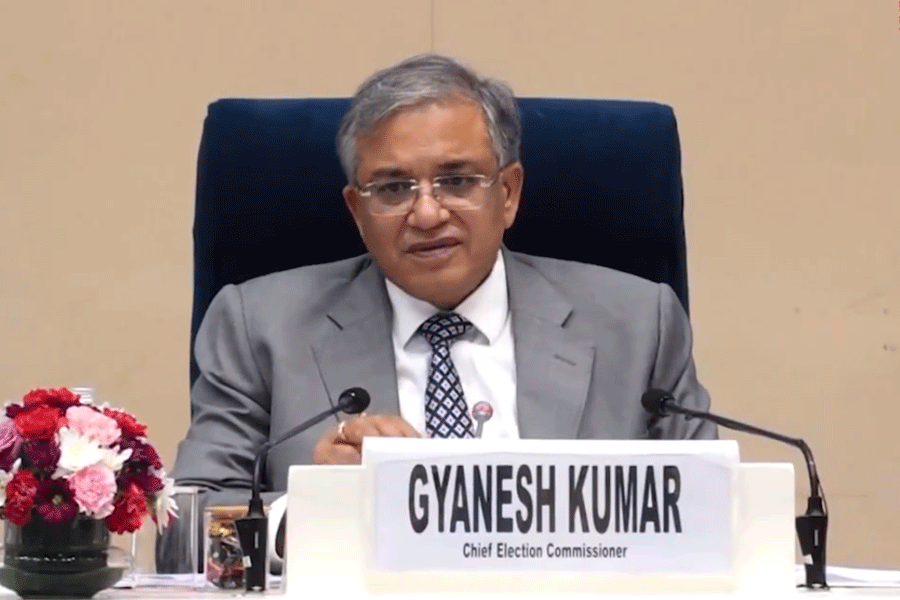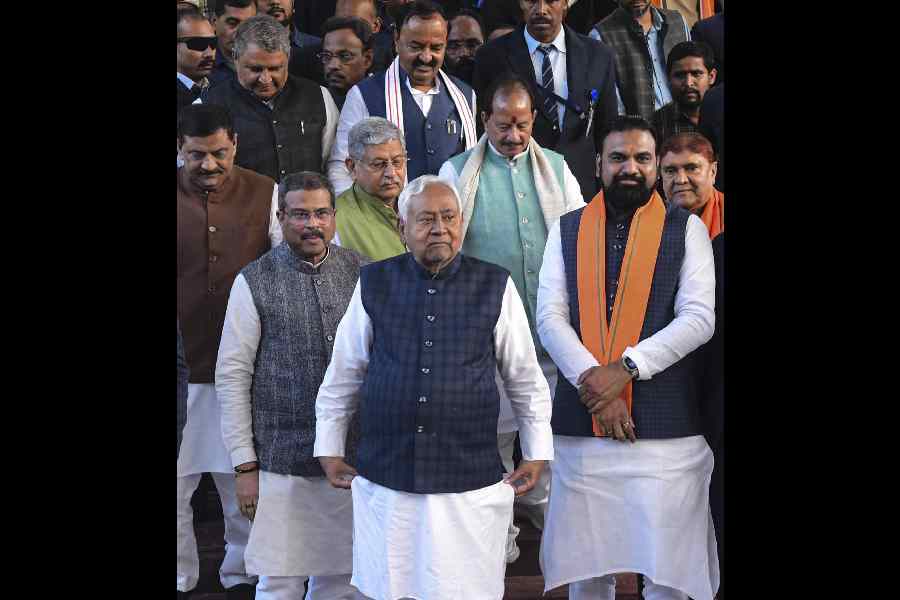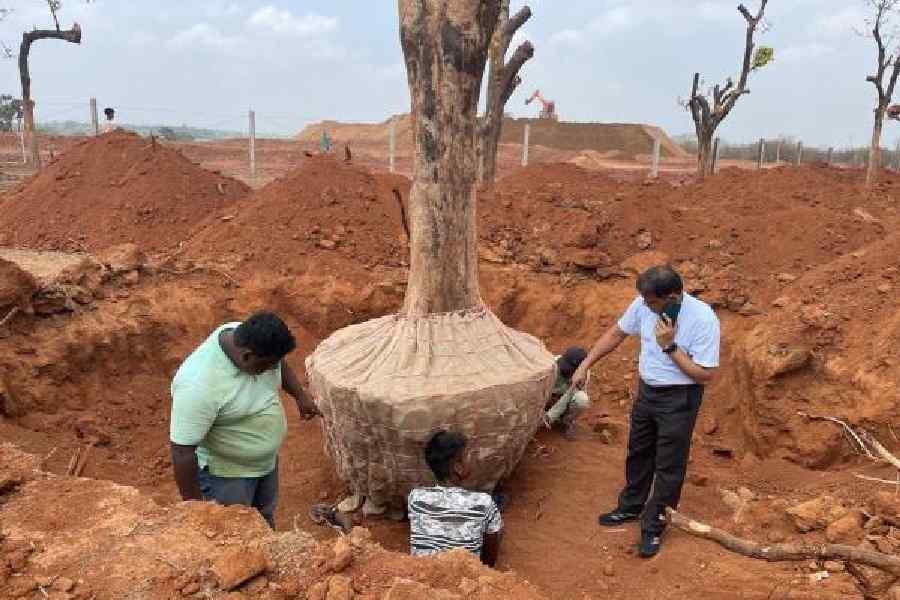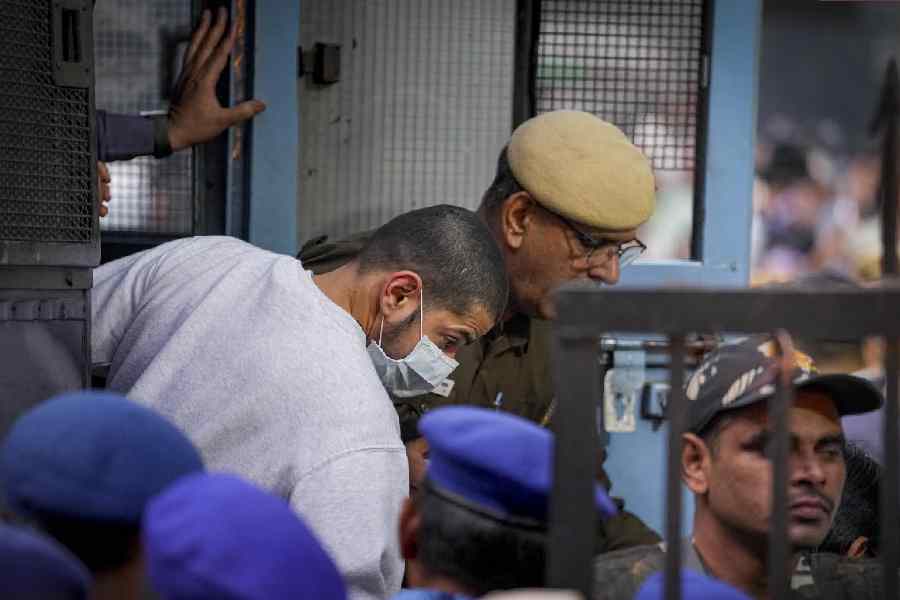Book: Vernacular Medicine in Colonial India: Family, Market and Homoeopathy
Author : By Shinjini Das,
Publisher: Cambridge
Price: Rs 2,460
Homoeopathy is a medical doctrine based on a presumed law of similars (‘like cures like’) founded by Friedrich Christian Samuel Hahnemann, a German physician, in Leipzig in 1796. Despite the widespread popularity of homoeopathy in South Asia since the early nineteenth century, book-length studies of homoeopathy in India have been quite sparse in contrast to the historical coverage of ayurveda, unani and siddha. Shinjini Das’s book fills this gap brilliantly.
While remaining keenly sensitive to broader historical and theoretical dimensions, this is an intensely researched local study of Bengal from 1866 to 1941 that covers a huge range of Bengali and English sources, including family biographies, official homoeopathic publications, archival documents and literary works. The historical investigations are enhanced by ethnographic research.
The first two chapters establish local links between Bengali homoeopathic practice and family firms. According to Das, the patrilineal family was fundamental to homoeopathy in Bengal, and this contrasts with the modernizing approach of ayurveda and unani revivalism in India. The first chapter also explores the ambivalent depiction of homoeopathic practitioners in literary works as a humorous yet valued personage in Bengali life.
The second chapter delves into biographies of homoeopathists in India. Das analyzes how local biographies of figures such as Mahendralal Sircar are depicted “as a modern Bengali reincarnation of Hahnemann”. The cumulative effect of such biographies is to merge together and construct a family-oriented science of homoeopathy suitable for the emerging nation of India.
I found the third chapter, on issues of translation, to be the most intriguing from a comparative perspective. Issues of whether or not to incorporate imported foreign vocabularies into vernacular languages are discussed here. Das also explores how Western concepts were translated into Hinduized metaphors drawn from Indian philosophies, leading to a further “iconisation of Hahnemann”. For example, the term, ‘homoeopathy’, itself was translated as amiya-patha, thereby lending the Sanskritic force of the root term, amrita — deathless, elixir of life — to homoeopathic practice in India. Similarly, the homoeopathic construct of ‘potency’ when translated as shakti takes on intimations of Hindu goddess worship. Das concludes that the “vernacular” was a relational category in Bengal that shifted labels among the multiple languages of Bengali, German, English, Marathi and Sanskrit.
The following chapter explores the domestication of homoeopathy in India based on readings of domestic health manuals published by homoeopathic businesses along with discussion of articles in homoeopathic journals that were slanted to catch the attention of female householders. Such texts preferred homoeopathy over ayurveda as an “indigenous remedy” for Indian families. Das also finds that the emphasis on issues of homoeopathic domesticity idealized and perpetuated the traditional Hindu joint family arrangement. Das characterizes this domestic construct as “swadeshi homoeopathy”. Das suggests homoeopathy fit within Indian nationalism as an idealized form of indigenous medicine that was also compatible with Western, scientific requisites.
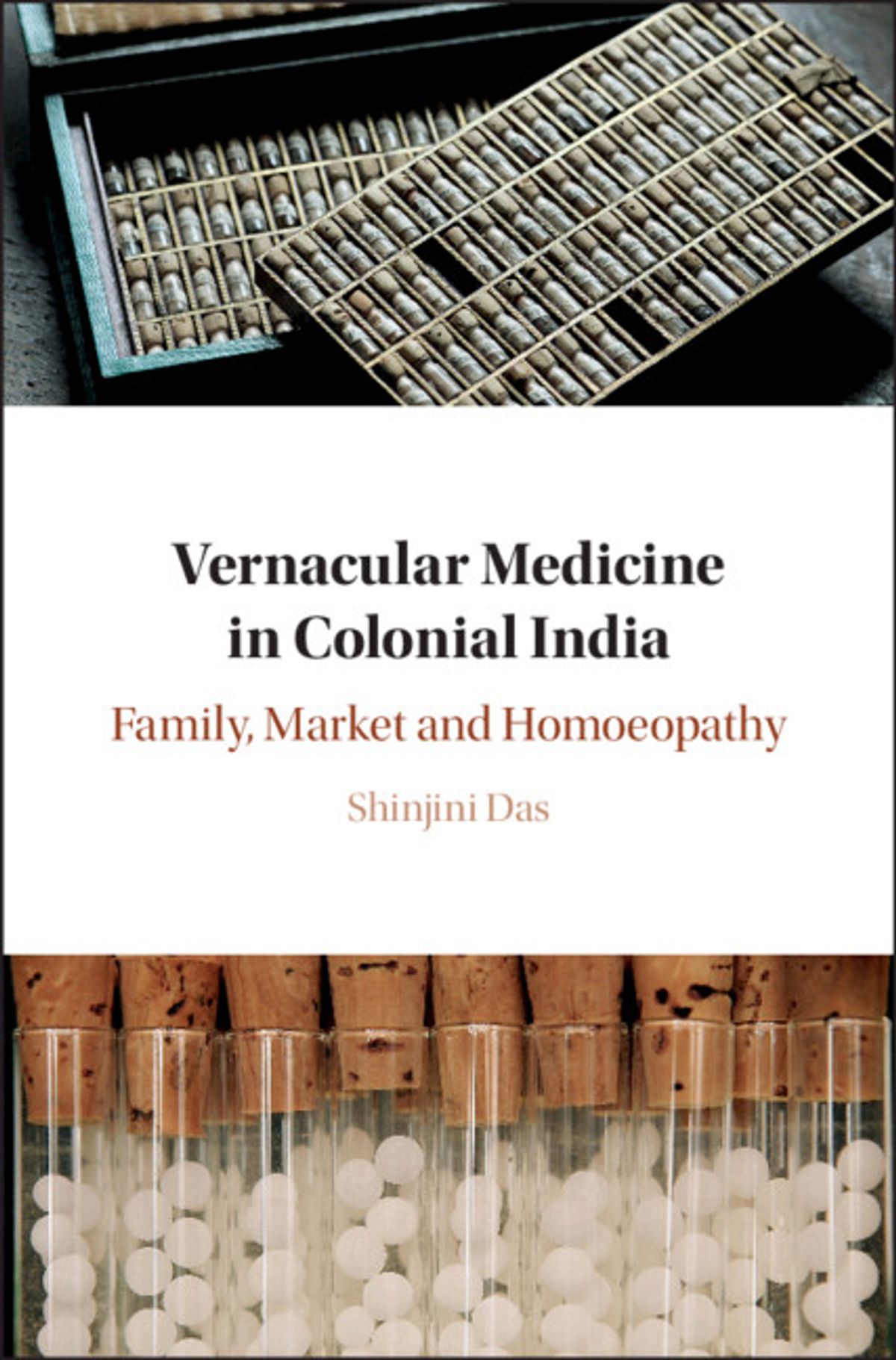
Vernacular Medicine in Colonial India: Family, Market and Homoeopathy by Shinjini Das, Cambridge, Rs 2,460 Amazon
Chapter five situates local legislative movements in Bengal within the context of broader nationalist health agendas, with shifting arguments for and against official recognition of homoeopathy. Das documents how homoeopathy was a relatively late arrival at the national level — from the early 1930s. Ayurveda and unani preoccupied nationalist legislative controversies much earlier — in the 1920s. Even at the national level, Das finds that corporate family networks were especially important in influencing legislative agendas for regulating homoeopathy.
An unexplored question that might provide scope for further research is the extent to which the kinship interlaced business partnerships that Das documents for homoeopathy family practices in Bengal differed from or paralleled the traditional teacher-disciple (guru-shishya) hereditary lineage (parampara) knowledge system emphasized by traditional ayurveda and unani practitioners in India. During ethnographic research in the early 1990s in South India, I sometimes encountered traditional siddha practitioners who combined in their dispensaries siddha oils and medications derived from their hereditary family practice with shiny bottles of homoeopathic tablets supplied by mail order catalogues. In such cases, hereditary training might be supplemented by more recently obtained homoeopathic certificates from tutorial courses, whether in person or completed by post. My siddha-focused ethnographic purview did not extend to the companies supplying the homoeopathy tablets, but after reading Das’s book I wonder about the broader kinship lineage networks of the companies supplying homoeopathic products in South India.
Vernacular Medicine in Colonial India is a valuable addition to the colonial history of interactions between Western and South Asian medical systems in the Bengal region and serves as a model for potential historical approaches for other regions of India. Das provides a convincing argument that homoeopathy was as much a part of domestic Indian life and business as the more commonly researched medical practices of ayurveda and unani from the colonial period to the present.





